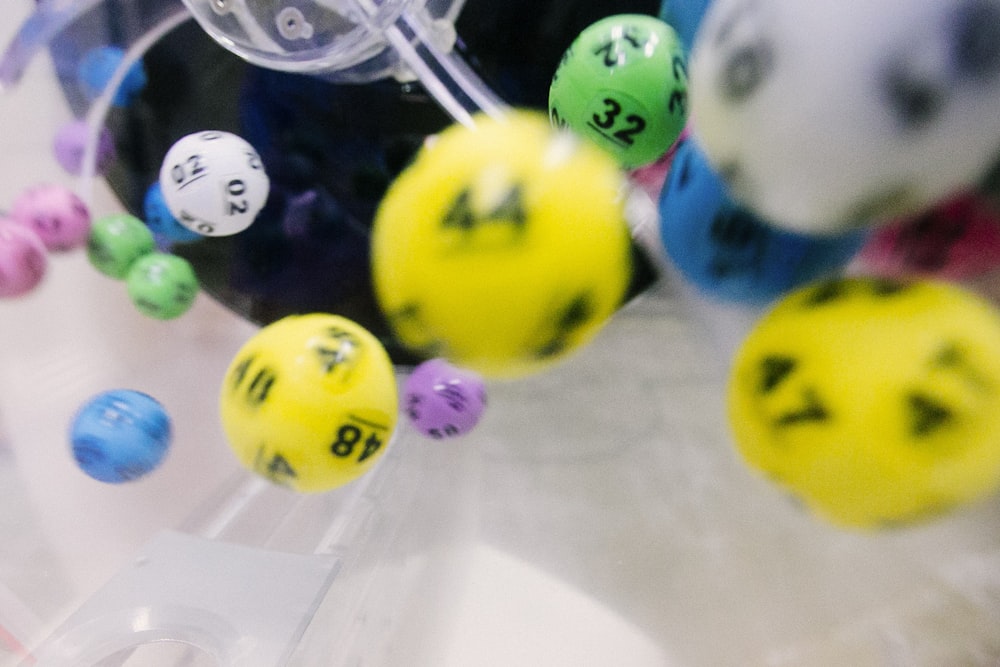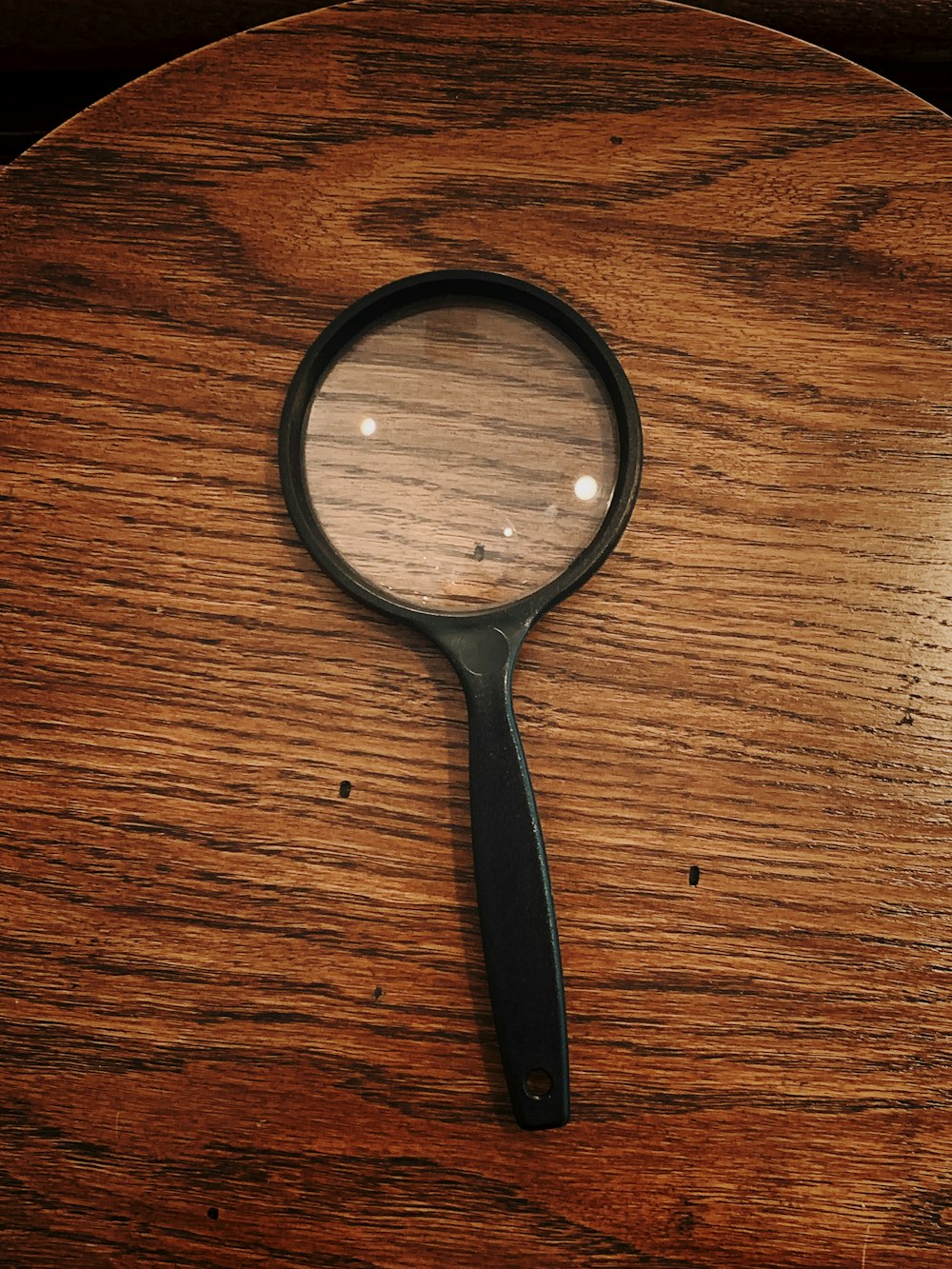Preventing Benign Prostatic Hypertrophy Through Ayurveda
Preventing Benign Prostatic Hypertrophy through Ayurveda
Definition:
Benign prostatic hypertrophy is swelling of Prostate gland. The prostate can be a walnut sized gland that is only seen in men. It is located just under the bladder and top of the penis. This gland surrounds the urethra ( the tube through which urine flows from your bladder and out through the penis ).
It is often a very astonishing fact to know that this condition BPH may be explained in ayurveda long back. The anatomical position of men's prostate, the signs of BPH as well as treatments are explained by Acharya Sushruta.
The anatomical position of prostate related is described in ayurvedic classics as follows
In Yogaratnakara it may be identified as --
NAABHERADHASTHAATSANJAATAHA SANCHAARI YADI VAACHALAHA |
ASHTEELAAVAD GHANO GRANTHIROODHWAR MAAYATA UNNATAHA ||
Which means ? Below umbilicus (NAABHI), there is often a hard gland which is small bit bulged and changes its place some times and several times stays stationary. This gland is like ?Ashteela? (A small stone accustomed to sharpen swords). This gland when affected by vitiated vata creates a disease called ?vataashteela? (or benign prostate hypertrophy)
Sushruta explains the structure , anatomical position of prostate related and signs of BPH as follows.
SHACRANMAARGASYA BASTHESHCHA VAAYURANTARAMAASHRITAHAI
ASHTEELAAVADGHANAM GRANTHIMMOORDHVAMAAYATA MUNNATAM||
Which means - the best place between rectum and bladder is occupied by vitiated vata it affects the simple flow of urine, stools and semen by enlarging the gland ? Ashteela?.
The men's prostate enlarges in most men as age advances. BPH is incredibly common and affects one third of men who are 50. A person struggling with BPH won't have the increased probability of prostate type of cancer.
Functions of Prostate gland
One with the main functions with the prostate would be to produce a fluid, which help with the liquid part of semen which liquid allows the sperm to go freely.
The gland is divided into peripheral, transitional and central zone. The overgrowth comes about in central zone which leads to BPH.
Effects of BPH Prostate gland surrounds urethra. When prostate enlarges, it constricts the urethra reducing the urine flow. The emptying of bladder becomes quite challenging due to this.
Causes of BPH
 |
| Source : unsplash.com |
But what causes BPH are very well explained In ayurveda which is depending on tridosha causes of vataashteela or BPH are explained as follows
Causes for vataashteela according to dosha theory:
vataashteela is a result of vitiated vayu and apaana vayu ( a subcategory of Vayu)
( APAANA VAYU is located in two testicles, urinary bladder, phallus, umbilicus, thighs, groins, anus and colon.
Functions of apana vaayu are Ejaculation of semen, voiding of urine, stools, elimination of menstrual blood and expulsion of fetus. )
. The vitiation of vayu and apaana vayu is a result of
- Controlling the urge of urination
- Controlling the impulse of defecation
- Over indulgence in sex.
- Consuming dry, very cold and much less quantity of food
- Old age
- General weakness
- Indigestion
- hysical and mental overexertion.
Symptoms of BPH
- Difficulty in beginning pass urine ( hesitancy ),
- A weak stream of urine,
- Dribbling after urinating
- The must strain to pass through urine,
- Incomplete emptying of bladder.
- Difficulty to manipulate the urination urge.
- Having to get up repeatedly during the night to feed urine,
- Feeling a burning sensation when passing urine.
- Passing urine blended with blood (indication of infection)
Symptoms of vatashteela are described as follows.
? VINMUTRAANILA SANGASCHA TANNAADMAANAMCHA JAAYATE|
VEDANAA CHA PARAA BASTOU VAATAASHTEELETI TAAM VIDUHU || ?
The vitiated ashteela gland when enlarged is called as ?vatashteela?. This enlarged gland causes
1. Obstruction to easy flow of urine.
2. Obstruction to Easy passage of stools and gas
3. Bloating of Stomach.
4. Pain in bladder.
When the above mentioned symptoms have emerged and another should seek proper health advice.
Diagnosis
 |
| Source : unsplash.com |
A prostate gland tissue may be collected employing a needle to test for cancerous cells
Ayurveda strategies for SELF-CARE
If symptoms are mild, the subsequent methods may be tried for relief:
- Vata gets vitiated when natural urges are controlled. Hence do not control the natural urge of passing urine. Urinate when you get the need.
- Go to the bathroom even if you do not have urge.
- Alcohol, tobacco, coffee increase vata and vitiate it. Hence avoid alcohol, tobacco and occasional, especially after dinner.
- Vata gets normalized and vitiation comes down when person is warm. This can be accomplished with regular exercises and keeping your body warm.
- Mental exertion brings about increase of vata. Avoid mental exertion at work place and also at home.
- Avoid foods which cause constipation as constipation causes vitiation of vata..
- Avoid drinking fluids from two hours before going to bed.
- Avoid cold and cough medications that contain decongestants or antihistamines. These medications can increase BPH symptoms.
- Avoid drinking excess amount of liquids. Distribute the intake of fluids throughout day.
Prevention
BPH may be prevented by -
- Consuming low-fat diet
- Including a great deal of fiber in diet ( fruit and veggies which can be rich in fiber).
- Visiting your family physician as soon as you notice any symptoms while passing urine.
Apart from these many effective herbal remedies are already mentioned in Sushruta samhita and Yogaratnakara.
